(NLDO) - The mysterious moon Amalthea accidentally entered the sights of the Juno spacecraft when it made its 59th close flyby around Jupiter.
According to NASA's information page, when examining close-up data of the Great Red Spot storm - a prominent large red spot on Jupiter, scientists noticed a floating black dot. That is the mysterious moon Amalthea.
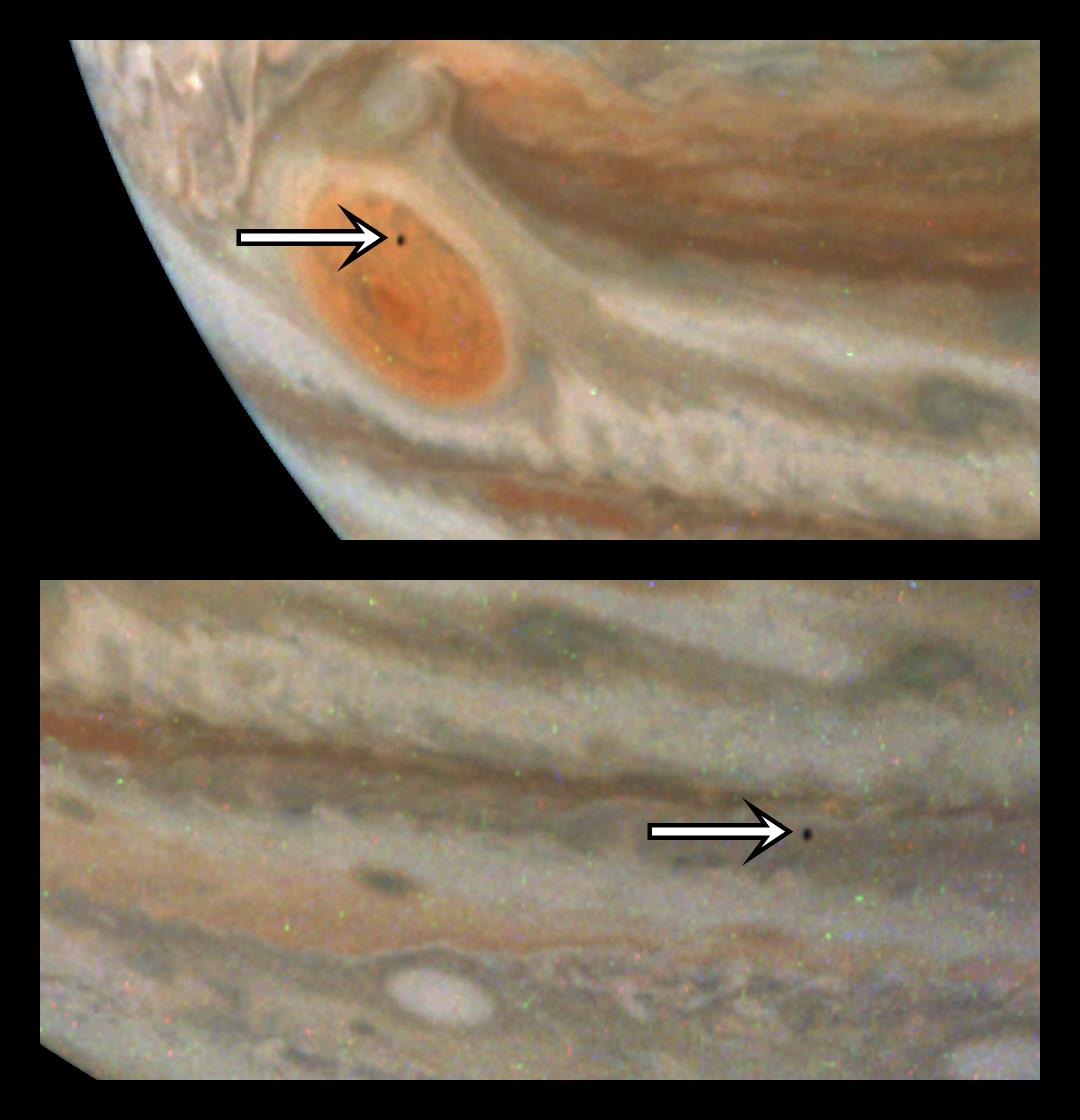
Amalthea appears in Juno data - Photo: NASA
Amalthea is a small moon in Jupiter's "army" of 92 moons.
With a radius of just 84 km, Amalthea has a potato-like shape because it lacks the mass to pull itself into a sphere.
In 2000, NASA's Galileo spacecraft got a good look at the moon, revealing some surface features, including impact craters, hills and valleys.
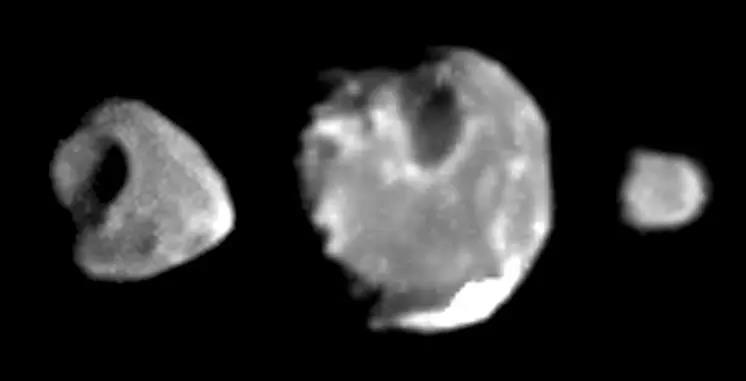
Jupiter's three small moons (from left) Thebe, Amalthea and Metis in the closest image ever released by NASA, taken by the Galileo spacecraft in 2000 - Photo: NASA
In this new image, Amalthea appears isolated and hovering just above Jupiter's sky because it is one of the moons orbiting closest to the gas giant.
Amalthea's orbit even lies inside that of Io, the innermost moon in the famous Galilean group of moons - which includes Europa, Ganymede and Calisto, discovered by Galileo Galilei in the early 17th century.
According to NASA calculations, the moon Amalthea takes only 0.498 Earth days to complete one orbit around Jupiter.
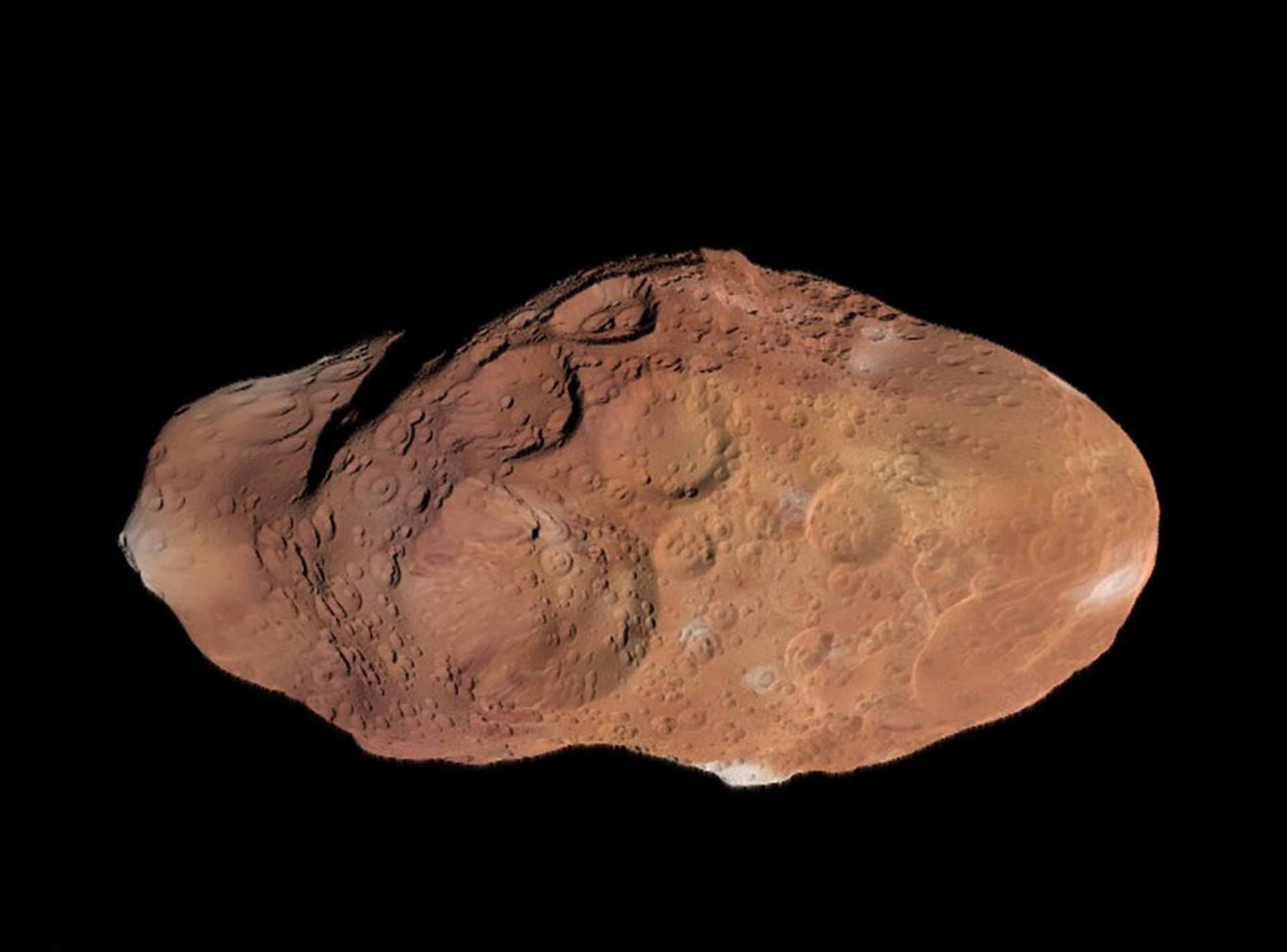
The shape of Amalthea is carved
The most striking feature of this tiny moon is its fiery red color. Amalthea is the reddest object known in the Solar System.
Observations show that it radiates more heat than it receives from the Sun. This may be because as it orbits Jupiter's strong magnetic field, electric currents are generated in the moon's core.
Alternatively, the heat could be due to tidal pressure caused by the tremendous gravitational pull of the giant parent planet.
However, in general this red color still has many mysteries.
It's not easy to get a close look at Jupiter's tiny moons, but scientists hope that Juno and future, more advanced missions will gradually lift the curtain on this vast satellite army.
On paper, Jupiter is the planet with the most moons in the Solar System, but it may soon be overtaken by Saturn.
Saturn has 62 new moons awaiting recognition by the International Astronomical Union (IAU), which would bring its total to 145.
Source: https://nld.com.vn/nasa-cong-bo-anh-hiem-ve-mat-trang-do-nhat-thai-duong-he-196240527100314143.htm


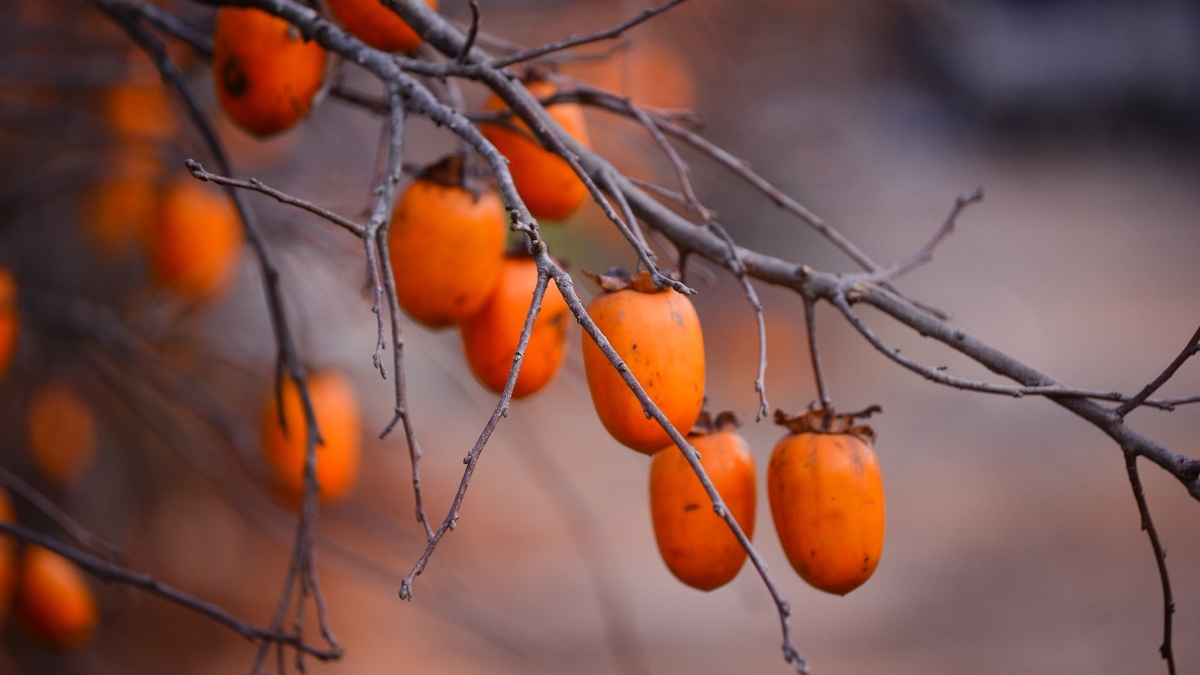
![[Photo] Prime Minister Pham Minh Chinh chairs the second meeting of the Steering Committee on private economic development.](https://vphoto.vietnam.vn/thumb/1200x675/vietnam/resource/IMAGE/2025/11/01/1762006716873_dsc-9145-jpg.webp)









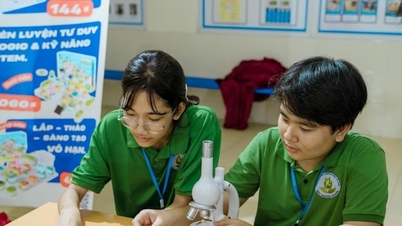


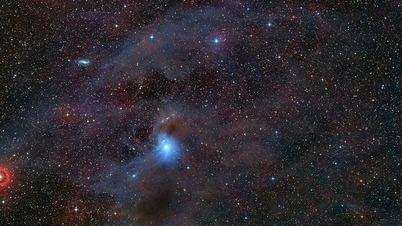


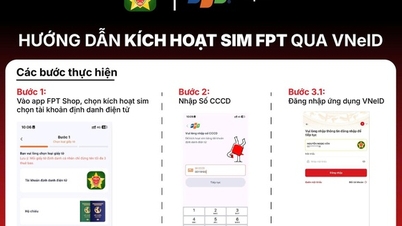

























































































Comment (0)